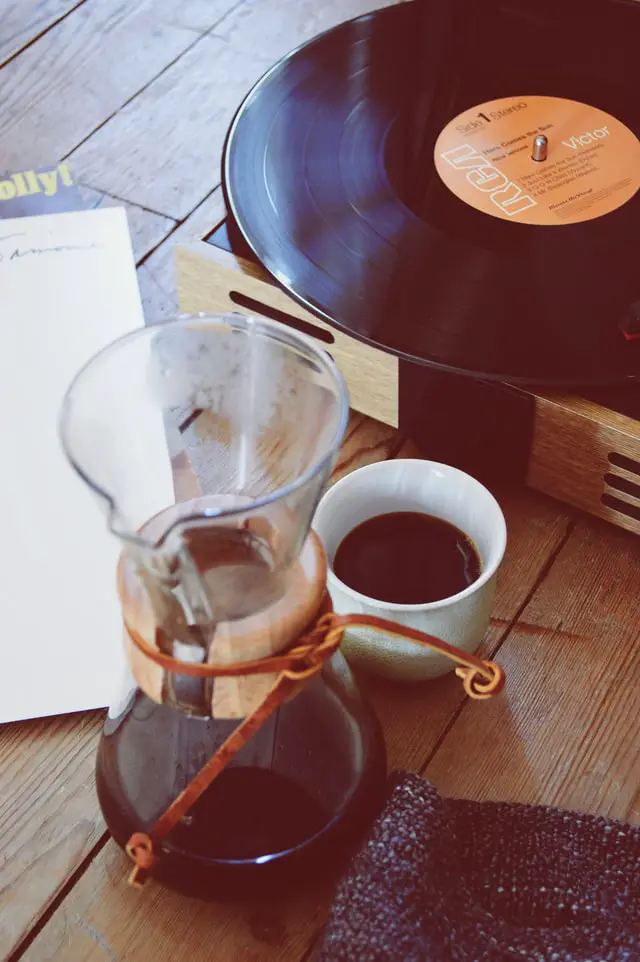There you are, sitting with a group of friends as the wine starts to get poured into glasses. You take your first sip, and your tongue gets dry, your face begins to pucker, and your mouth begins to salivate. My friends, these are some of the effects of a hard wine. For many, wine is their drink of choice as they delight in the acidity and boldness of a hard wine; that is not the case for some of us. When it comes to wine, there are many different ways to describe the flavor profiles: velvety, smooth, acidic, bold, luscious, fruity, and many more. In this article, we will only focus on the differences between a hard wine and a soft wine, and how to soften wine.
There are a couple of different factors when it comes to hard wine and soft wine. You will recognize them mainly by the effects on them the next day. A hard wine, will more often than not, leave you with quite the headache the next morning. Depending on the person consuming the wine, hard wine can also leave you with stomach aches, migraines, and occasionally a pretty good hangover. None of these side effects is something we welcome. The way to avoid them is usually to choose a softer wine.
What is a Hard and Soft Wine?

The difference between a hard and soft wine is based on the tannin that is in the wine. Tannin is a substance that naturally exists in the skin, stems, seeds of a grape. Red wine is fermented with all of those things together, which is why it is a significantly harder wine than white wine. White wine contains none of those items in the fermenting process. Tannin is the part of the wine that you taste immediately as it leaves your mouth feeling dry, chalk-like. It is usually the culprit for your face cringing at the taste of it.
The benefit of drinking hard wines is that they are very healthy for your heart; the downside is that it is usually the culprit for those nasty hangovers and migraines that you wake up with the next morning after drinking. The lower the tannins are in the wine, the softer the wine will be. So for those of us who would like to skip the headache the next morning and still enjoy a great glass of wine that won’t leave our mouths dry, here are five helpful ways to soften the wine.
Method 1 – Soften Wine With Decanter

The first and most popular way to soften a hard wine is with a wine decanter. A wine decanter is a vessel that is usually made out of glass. It usually has a tall neck with a wide bottom. The structure of the decanter is to allow a whole bottle of wine to be carefully held in the wide bottom of the vessel and allow the air to flow freely through the neck. As you pour your bottle into the decanter, oxygen is exposed to the wine and begins its process as it allows the wine to breathe fully.
The exposure to the air allows the wine to oxygenate so that when consumed it becomes softer. To allow the decanter to soften wine fully, it is recommended to allow the wine to breathe in the decanter for 1-2 hours before consumption. Of course, a decanter won’t turn bad wine into good wine. Still, it will most definitely soften hard wine to allow a more palatable experience as it enhances the expressive and aromatic notes of the wine.
Method 2 – Aerating to Soften Wine

The second way to soften wine is along the same thought process of the decanter, which is to aerate the wine. The moment you open a bottle of wine, the air instantly hits the liquid and beings its process of aeration. Sadly, just uncorking the bottle does not allow enough oxygen in for the process to work efficiently. To remedy this, if you don’t have a wine decanter at your disposal, you can reach for any carafe or pitcher that you have and turn it into a makeshift aerator. By allowing a larger space for the air to hit the wine, we have now allowed aerating to begin its work.
By aerating the wine in your carafe, the air begins to soften those hard tannins through oxidation and evaporation. This is why you may see some people holding their wine glasses and swirling the wine around. This is to allow the wine to breathe and aerate in a smaller measure. The 1-2 hour recommendation that we have for the decanter is preferably applied to this process to ensure the wine’s softening. To consume a softer wine, the process is slightly time-consuming but absolutely worth it in the end.
Method 3 – Soften Wine by Mixing
If you are on a time limit and don’t feel like waiting hours before being able to sit and have your glass of wine, here are a few options for you. The third way to soften a wine is to mix the hard wine with a sweeter wine. By adding in a small dosage of sweet red wine, you are helping dilute that sharp bite of acidity. This allows the wines to meld together. Sweet dessert wines usually have a hint of fruitiness and have significantly lower doses of tannin.
Adding just a little bit of that dessert wine will quickly change the consistency and flavor profile to ensure that it is smooth enough to drink. If buying a second bottle of wine isn’t in the budget, mix a little bit of sugar in your wine. This will also smooth out the sharp bite that hard wine brings.
Method 4 – Soften Wine with Warm Water
The fourth way to soften wine that won’t add fruitiness or change the flavor profile too much is to run the bottle under warm water for a couple of minutes. You will want to leave the bottle under warm water until you feel like the wine will be about room temperature. Heating the wine would typically be frowned upon in higher wine circles. However, to soften the tannins in the wine, warmth is necessary to create that soft and smooth taste.
Method 5 – Food Pairing to Balance and Soften Wine

And lastly, the fifth and fastest way to soften a wine is to do nothing. You only need to pair it with creamy cheeses or fatty foods. Pairing the wine with certain cheeses and meats creates a whole different flavor palette than drinking the wine by itself. If you are hungry and want wine simultaneously, this is undoubtedly the route to choose. The silkier the cheese and the fattier the meat, the more balance your wine has.
Unfortunately, there is no way to prevent a wine from getting that hard bite to it. This is because the way that grapes are grown, harvested, and fermented determines the level of hardness of the wine. However, plenty of vintners know not everyone enjoys a hard wine and have specifically curated wines softer in nature. So when choosing your next bottle of wine, there are options for you. The process of softening the wine yourself can be delightful and elegant, but sometimes you want that bottle specifically curated for your taste palette. Thankfully there are plenty of wines that can do just that.
Now, if you want to be a wine connoisseur and want to play the long game with your next bottle of wine, you also have the option of setting aside that bottle for a couple of years. Tannins soften with time. This is why wine lovers have bottles stored away for multiple years. The longer it ages, the finer and smoother it tastes.
FAQs
What wine should I buy if I don’t have time to aerate?
A good bottle of Merlot may become your new friend. A Merlot is overall very smooth no matter what brand you purchase. A Merlot still has that deep red feel but softness when you drink it. It is often a household staple. However, if you want something sweeter, then a dessert wine such as a Zinfandel or Rose.
How do winemakers know a wine will be soft in the growing process?
Time is everything. The ripeness of a grape will determine how hard or how soft a wine will turn out. The more sun and oxygen the grapes get before harvest, the softer the grapes become. When the grapes are soft enough, harvest begins, and winemakers are already looking at the finished product.
How long can I leave a bottle of wine open?
It may depend on what kind of wine you have. If it is a harder wine, then you are letting the wine aerate, and the wine will soften. If the bottle is already a soft wine, then it will begin to taste a little more bitter. A standard bottle of wine is usually good open for a maximum of four days.
If I want my wine cold, how long should I leave it in the fridge?
A bottle of wine typically takes around 90 minutes to chill in the refrigerator. Chilling a bottle of wine will also soften out the tannins and is also a great way to soften a wine.


